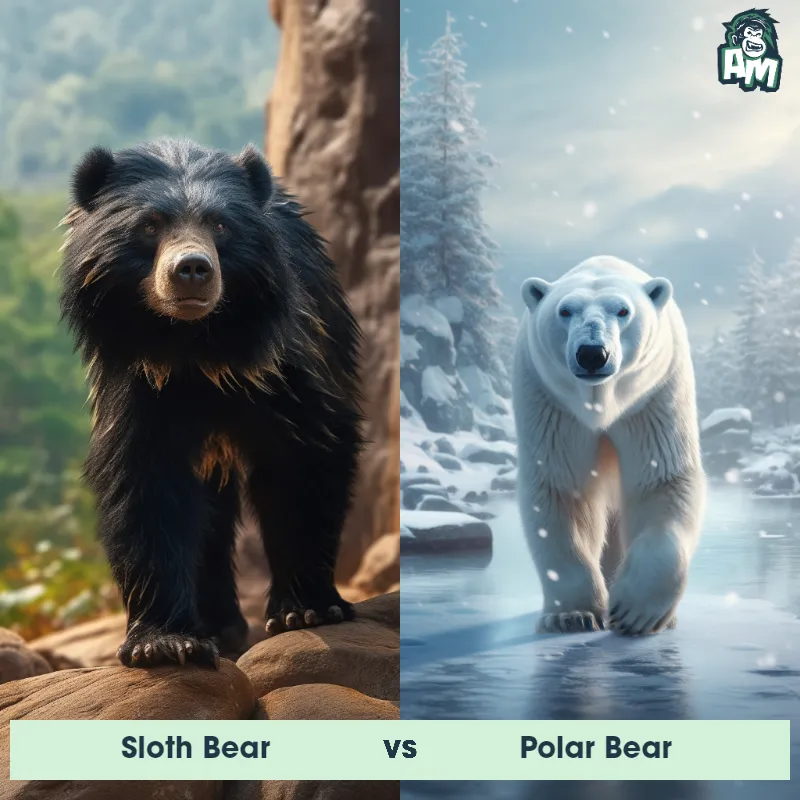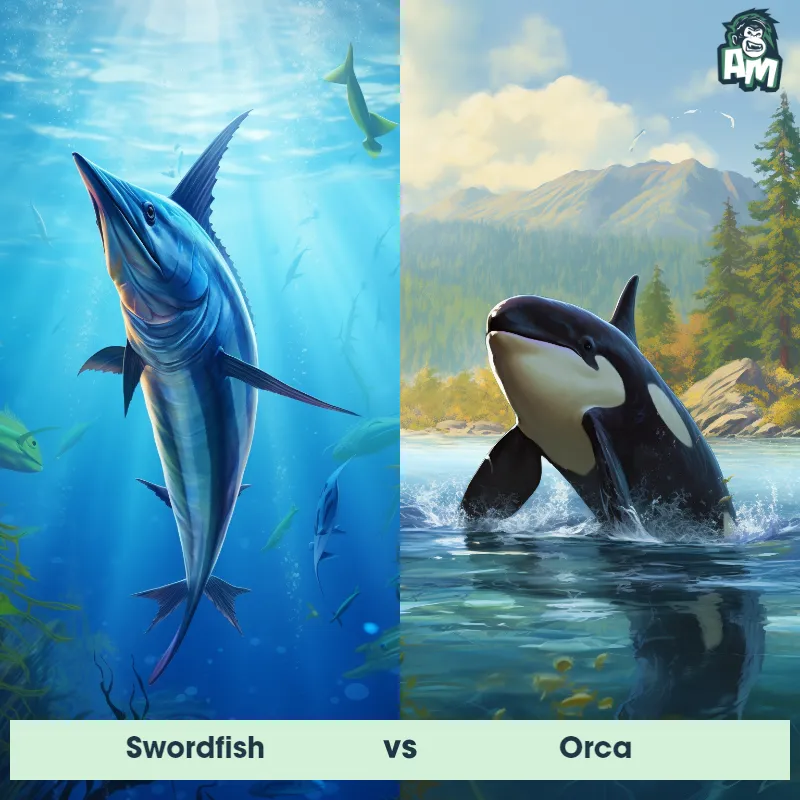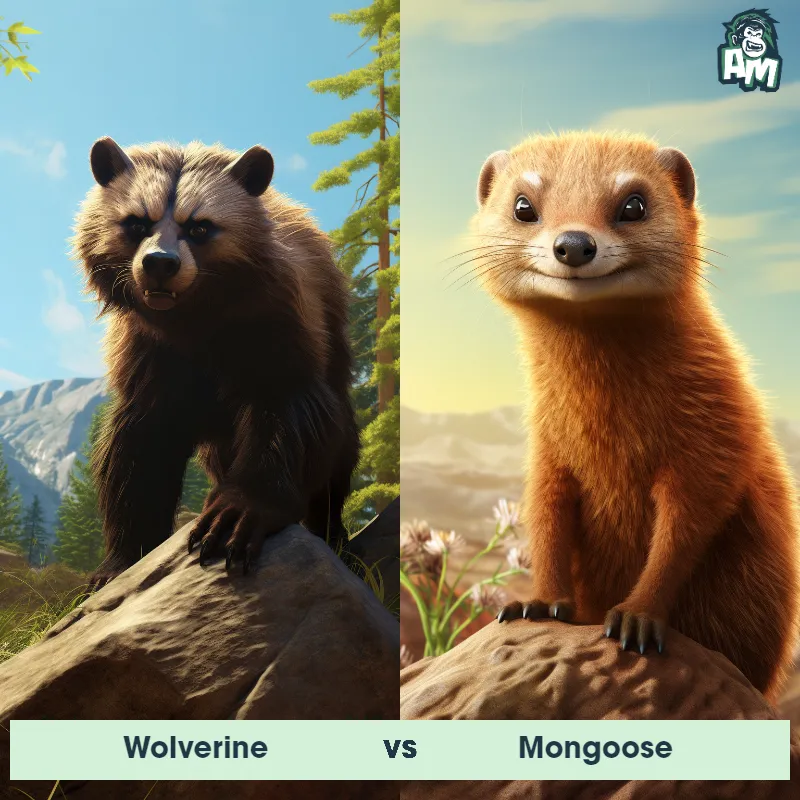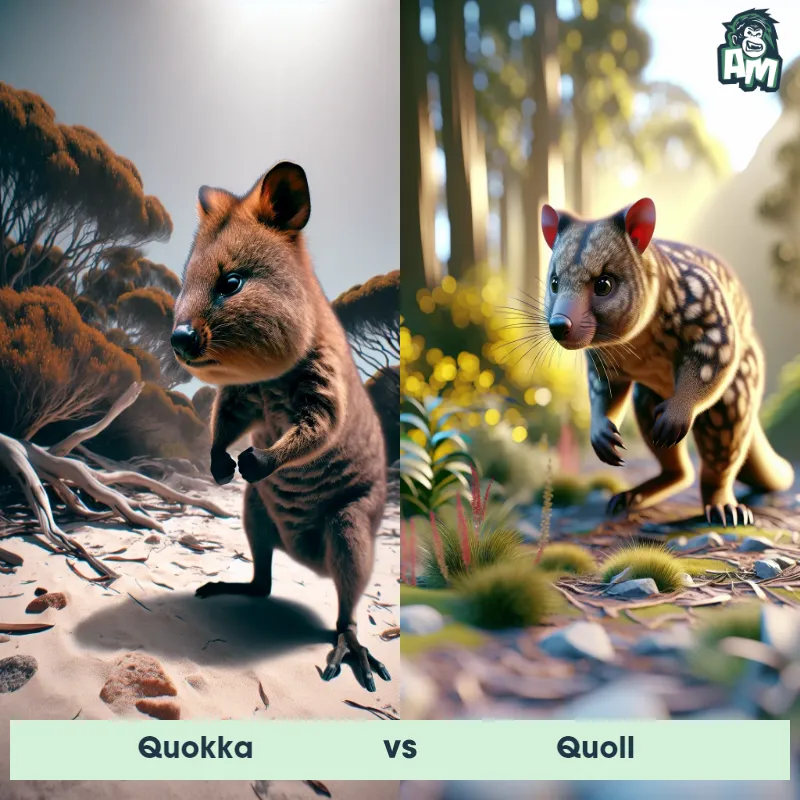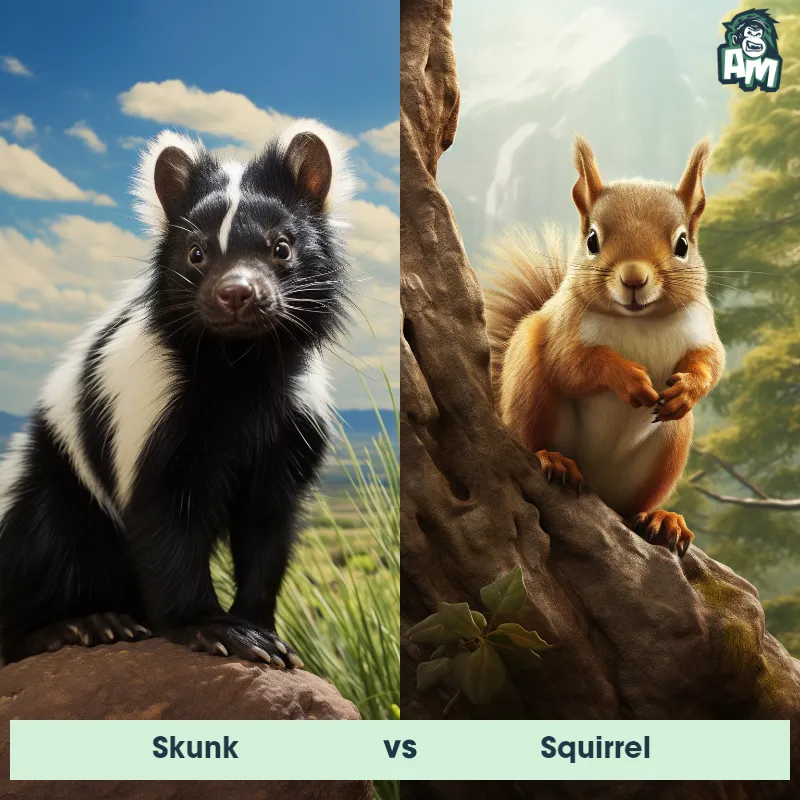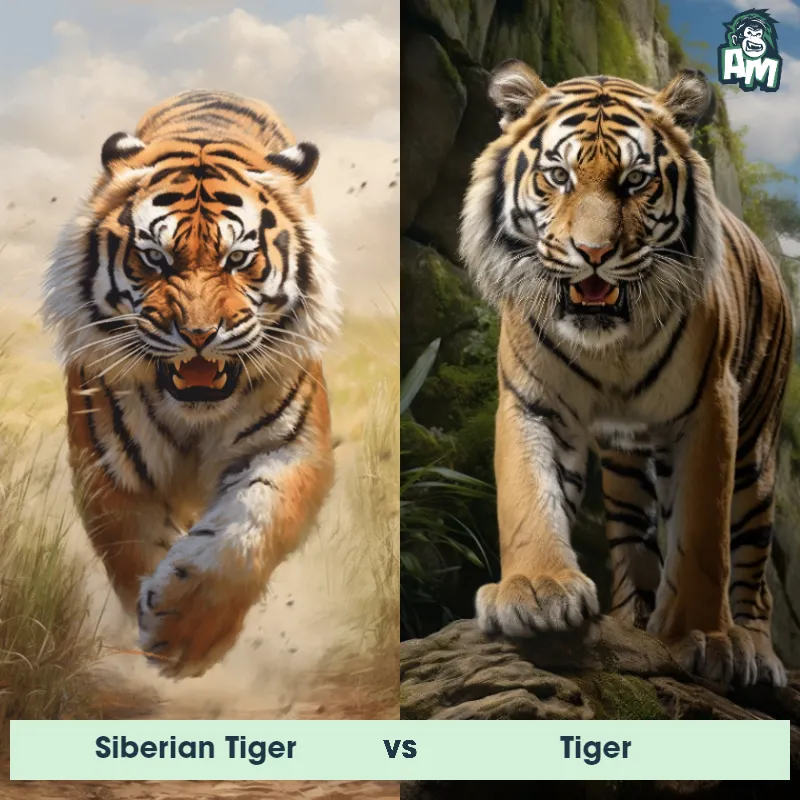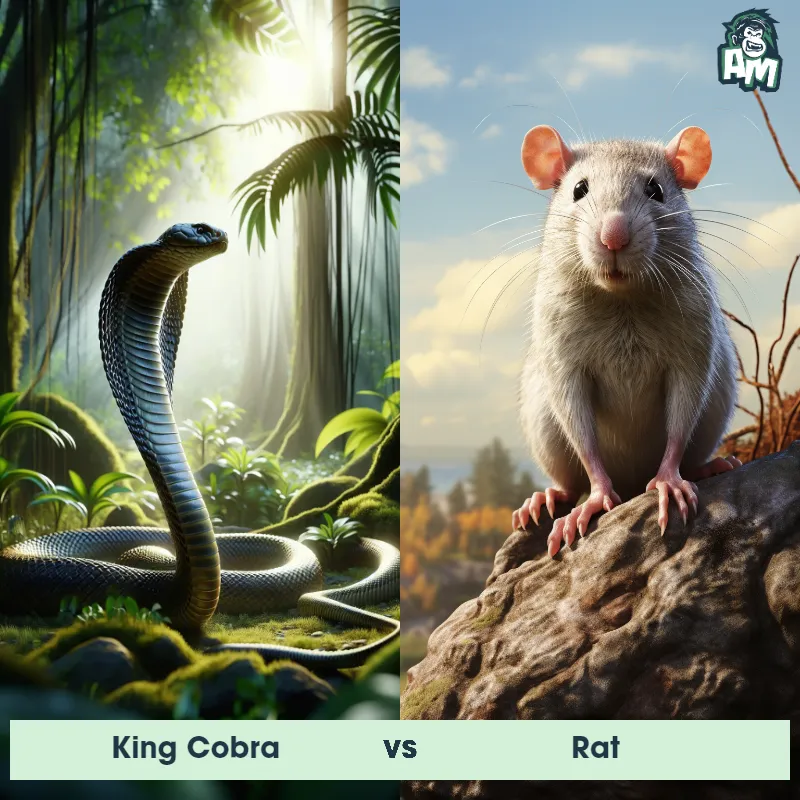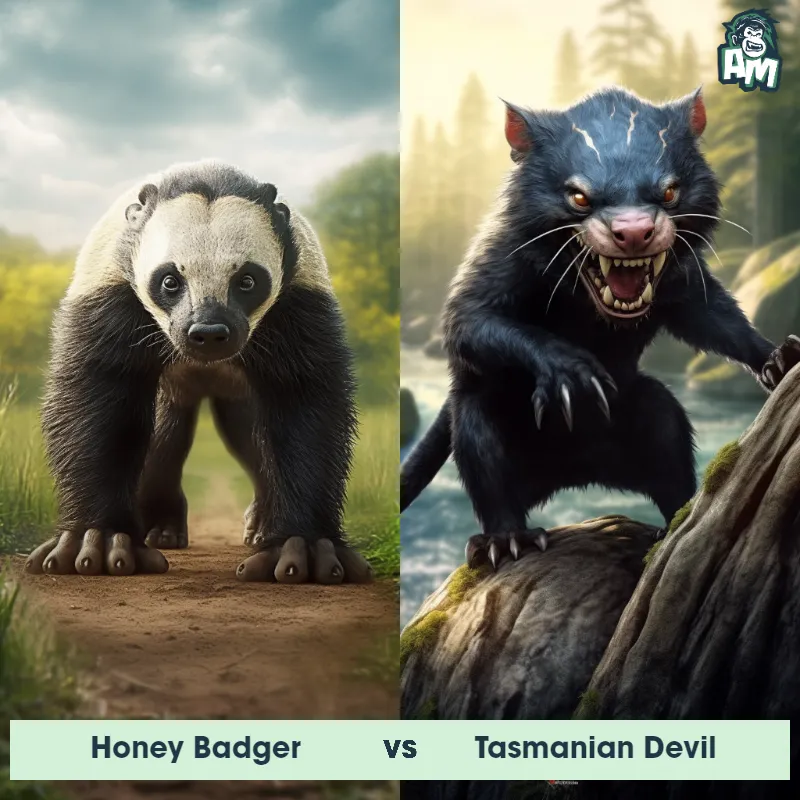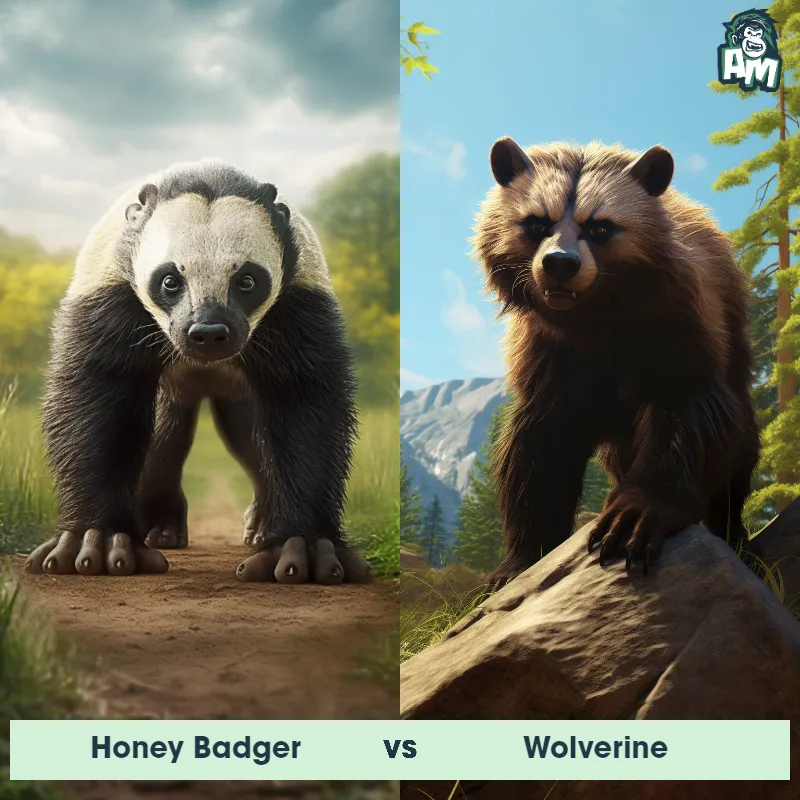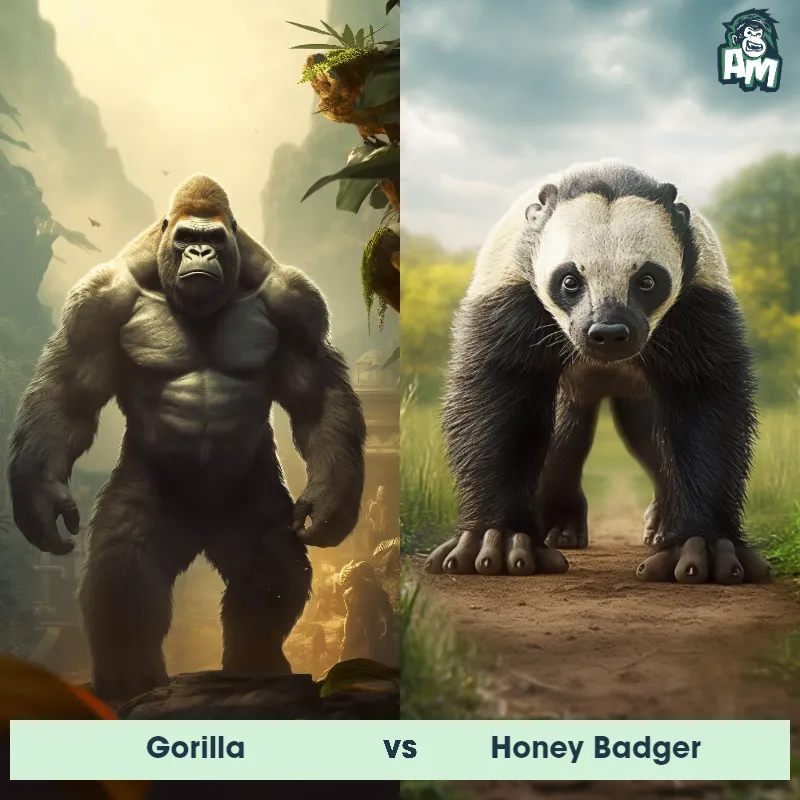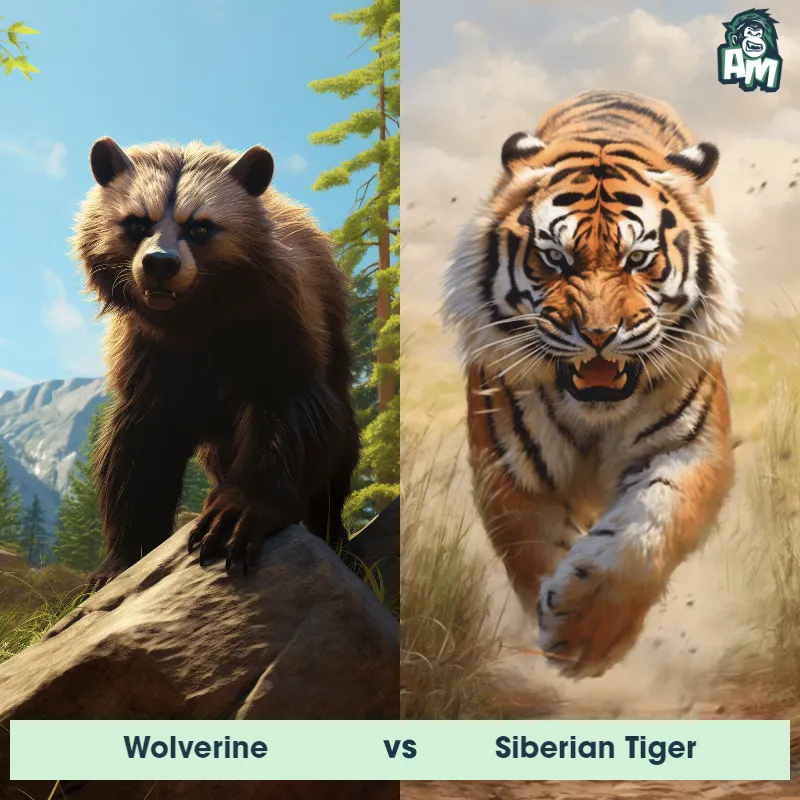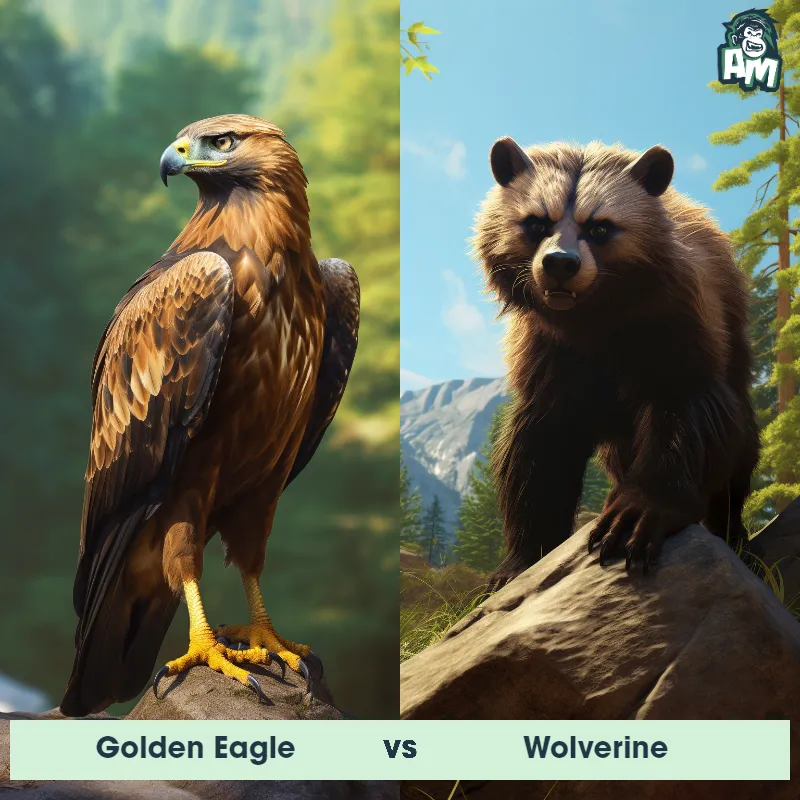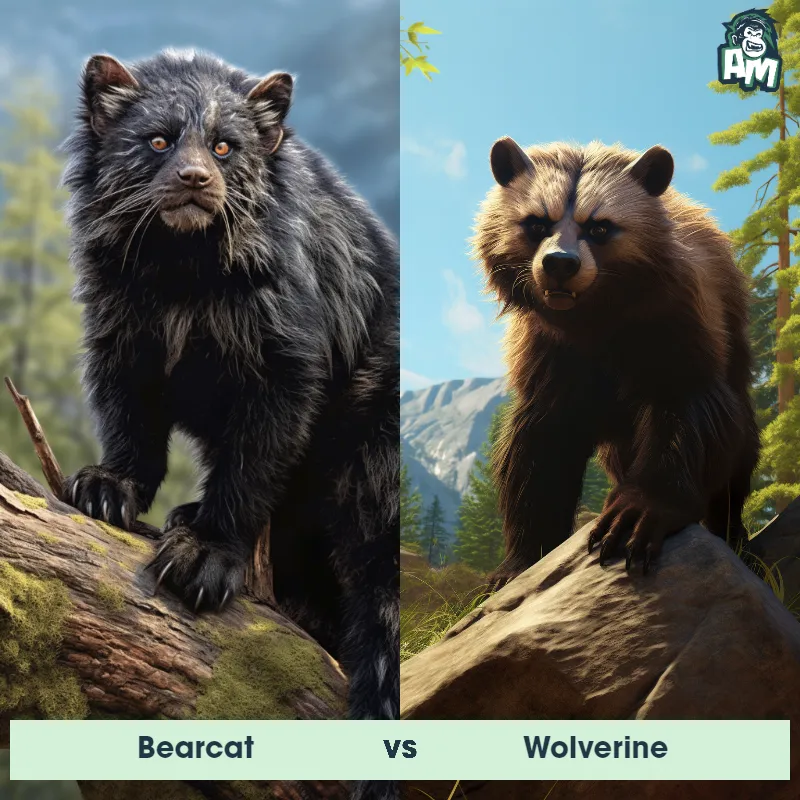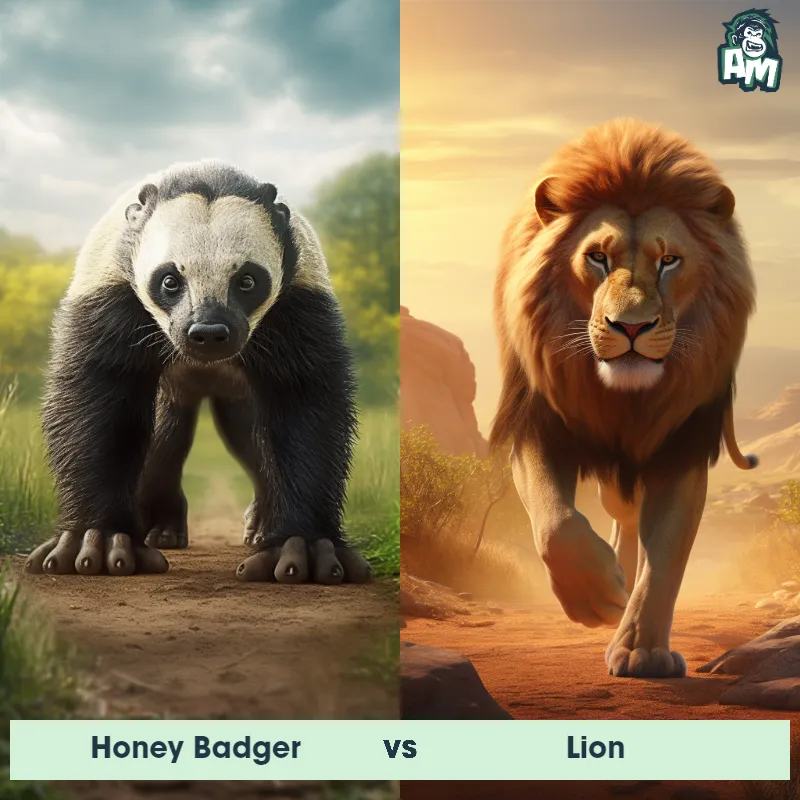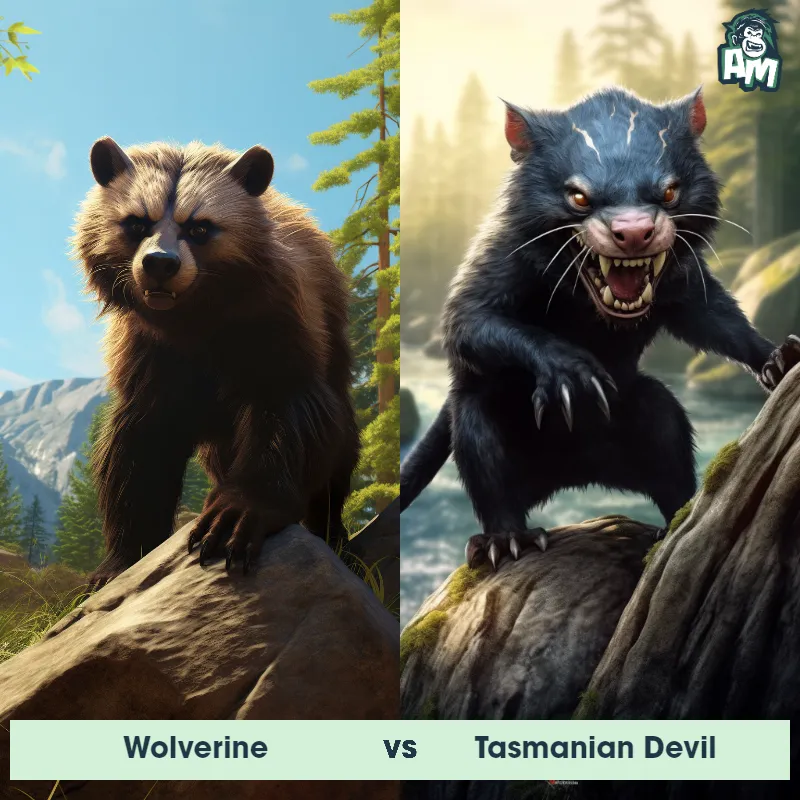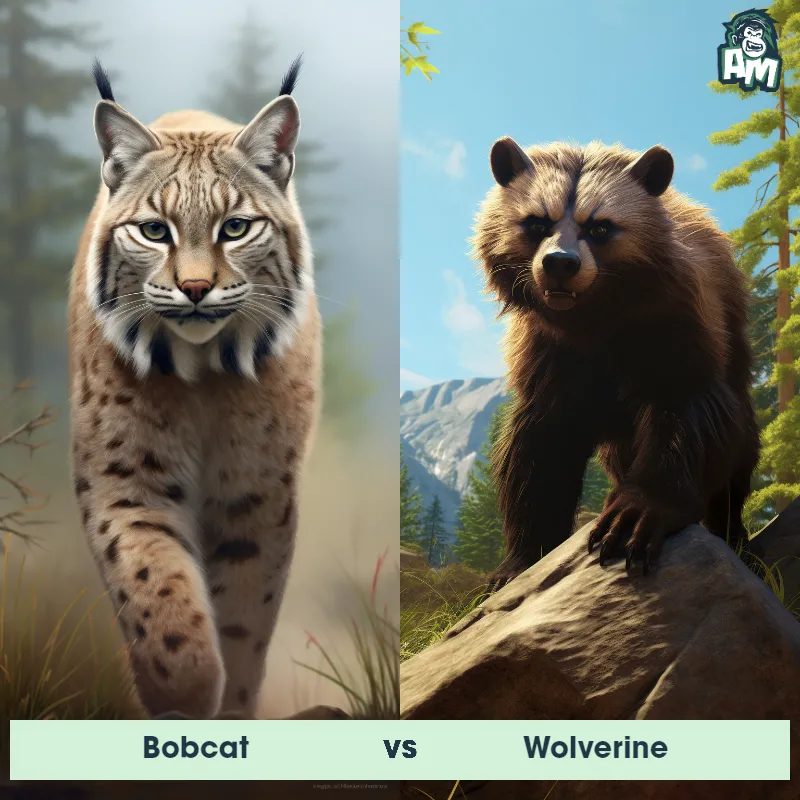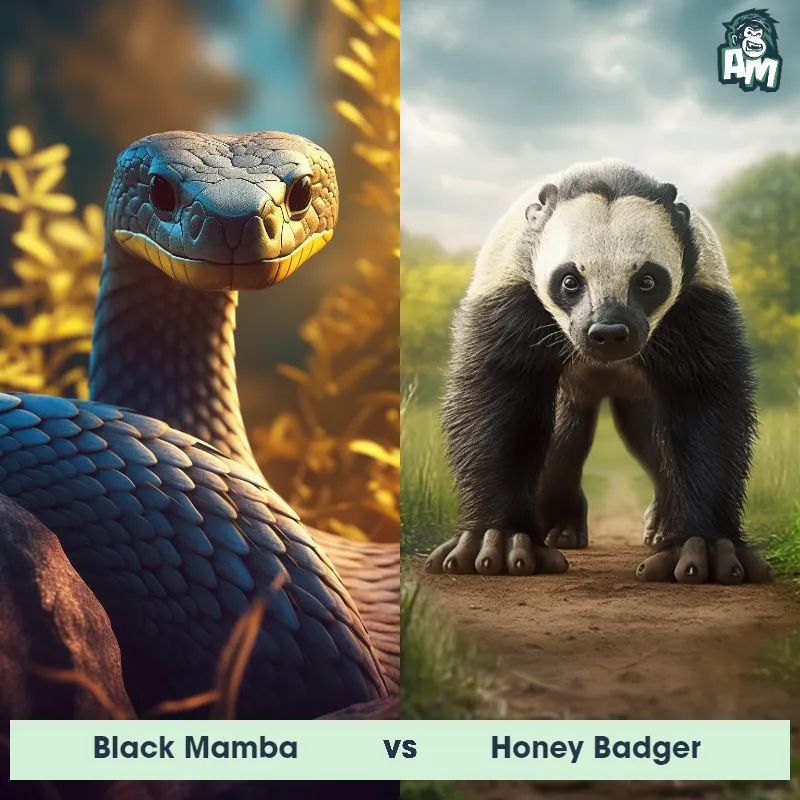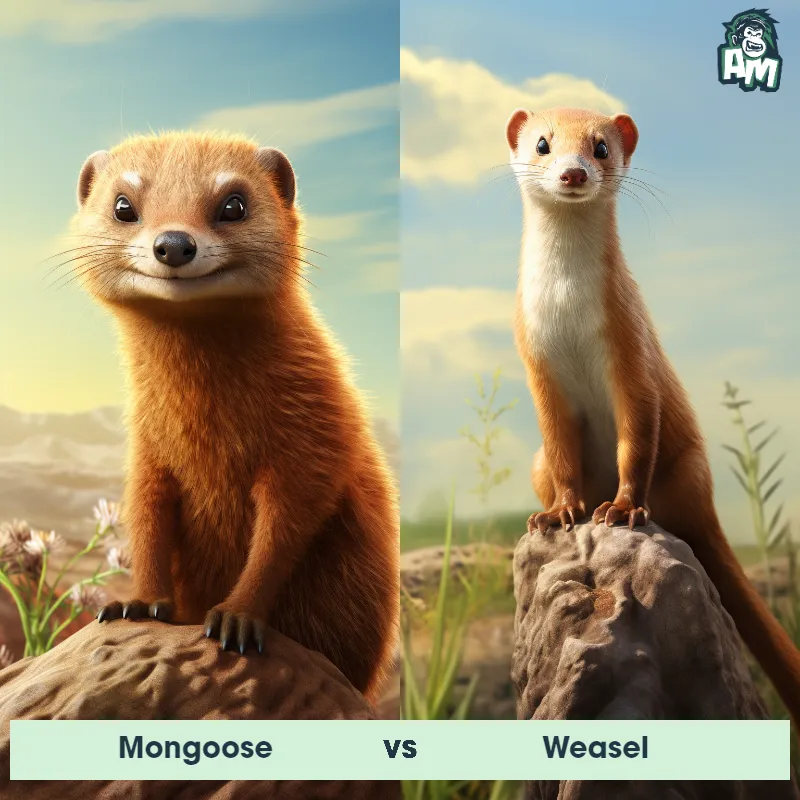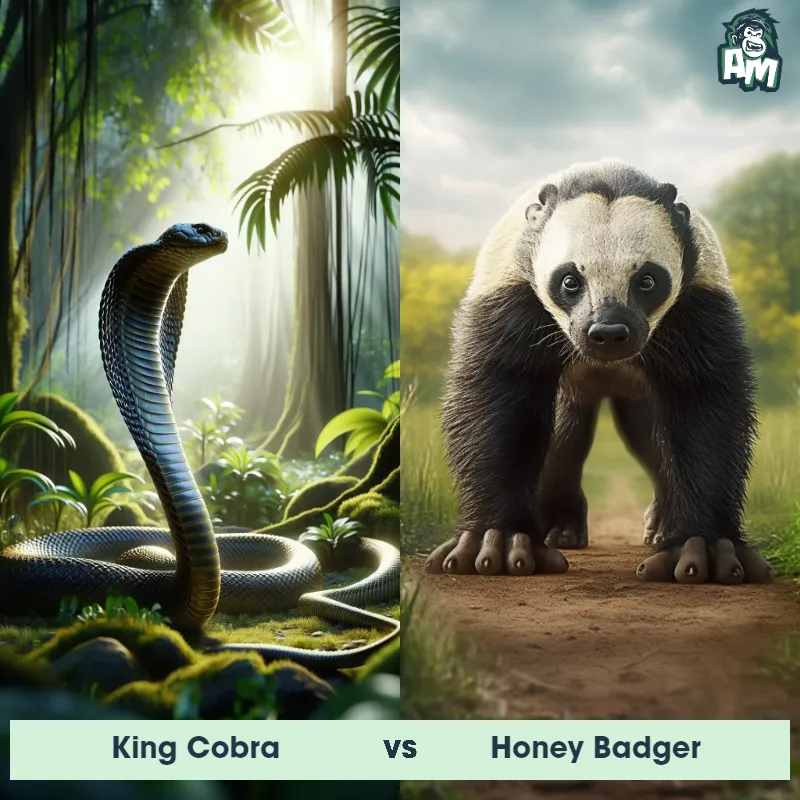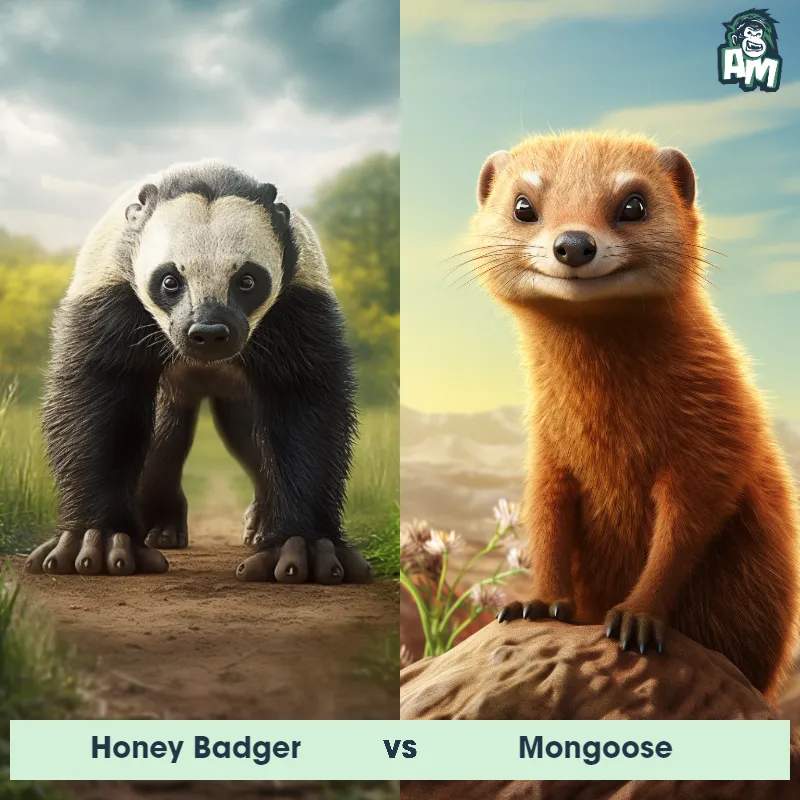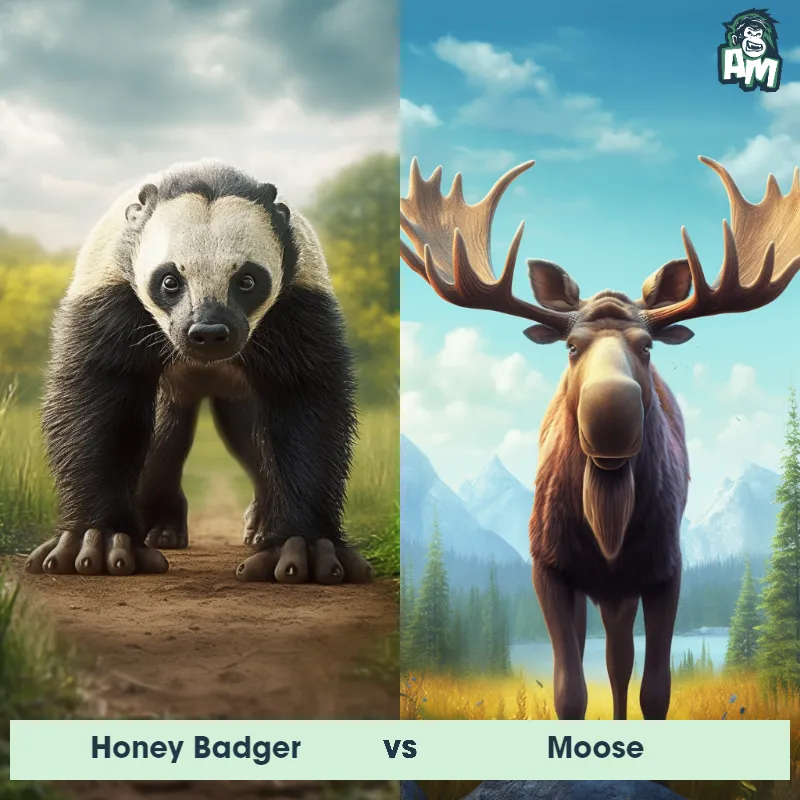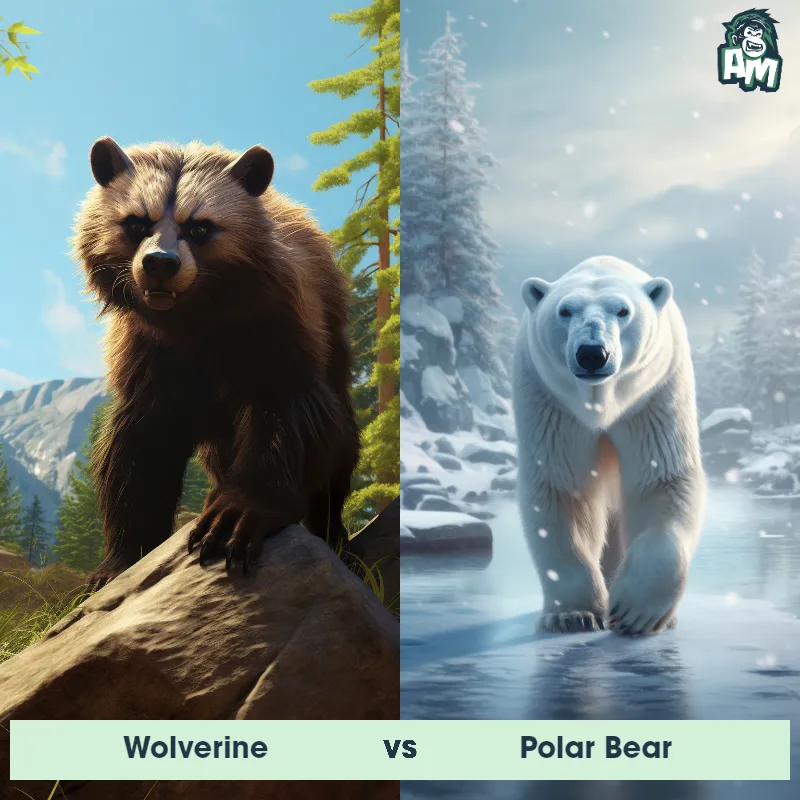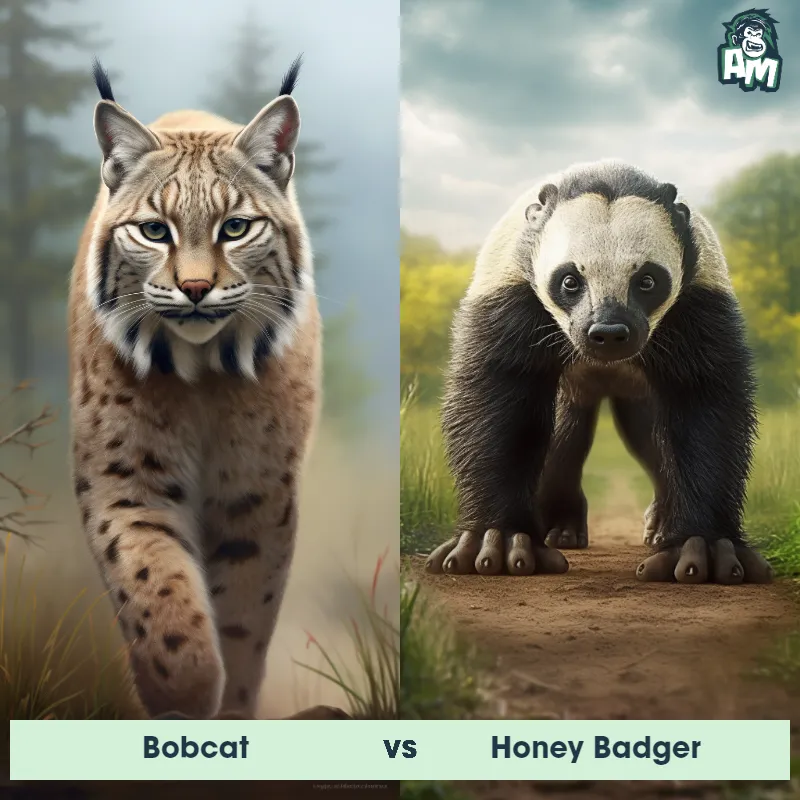Honey Badger vs WeaselSee Who Wins

Ladies and gentlemen, welcome to this thrilling matchup between two fierce competitors of the animal kingdom. In one corner, we have the fearless honey badger, known for its tenacity and aggression. And in the other corner, we have the cunning weasel, recognized for its agility and quick movements. This promises to be an epic showdown as these predators go head to head, seeking dominance in the animal world.
Contender 1: Honey Badger
The Honey Badger, also known as the ratel, is a small carnivorous mammal found in Africa, Southwest Asia, and the Indian subcontinent. They have a stocky build, with a broad head, powerful jaws, and sharp claws. Their fur is thick and coarse, ranging in color from gray to black with a distinctive white stripe on their back. Honey Badgers are known for their fearless and aggressive nature, often taking on animals much larger than themselves, such as lions and hyenas. They are also known for their ability to withstand venomous snake bites and their love for honey, which they obtain by raiding beehives.
Fun Fact: Honey Badgers have been known to dig up and eat buried human corpses, earning them the nickname "the world's most fearless animal."
Contender 2: Weasel
The Weasel is a small, nimble mammal known for its long, slender body and short legs. They are part of the Mustelidae family, which includes otters, badgers, and wolverines. Covered in brown and white fur, they can adapt their coat to white in winter climates for camouflage. Despite their small size, weasels are fierce hunters, often taking on prey larger than themselves, including rabbits and rodents.
Fun Fact: Fascinatingly, a weasel can consume up to a third of its own body weight in food each day due to its fast metabolism.
Matchup Stats
| Honey Badger | Weasel | |
|---|---|---|
| Size | 25-30 inches (63-76 cm) in length | 7-13 inches (18-33 cm) |
| Weight | 19-26 pounds (9-12 kg) | 1-2 ounces (28-57 grams) |
| Speed | Speed: 20 mph (32.19 km/hr) | 40mph (64km/h) |
| Key Strength | Powerful jaws and sharp claws | Agility and ability to take on prey larger than themselves |
| Biggest Weakness | Short legs and small size | Small size and light weight |
Current Votes
Honey Badger vs Weasel
See Who Wins
View More Matches
Looking For More?
Similar Matches
Scientific Stats
| Honey Badger | Weasel | |
|---|---|---|
| Scientific Name | Mellivora capensis | Mustela nivalis |
| Family | Mustelidae | Mustelidae |
| Habitat | Terrestrial | Forests, fields, grasslands, and farmlands |
| Geography | Africa, Southwest Asia, and the Indian subcontinent | North America, Europe, and Asia |
| Diet | Carnivorous, eats small mammals, birds, reptiles, insects, and honey | Carnivorous, primarily rodents and rabbits |
| Lifespan | 24 years - 26 years | 1.5 years - 3 years |
Key Differences between Honey Badger and Weasel
- Color: Honey Badgers have a predominantly black body, with a distinct white stripe running from the top of their head to the tip of their tail, while Weasels exhibit a more varied coloration, including shades of brown, reddish-brown, or black, with a white or yellowish underbelly.
- Facial Features: Honey Badgers have a distinctive and robust jaw structure, with a broad muzzle and powerful teeth, while Weasels possess a more delicate and tapered face structure, with sharp teeth adapted for hunting small prey.
- Body Shape: Honey Badgers have a stocky and muscular build, with a broad head and strong neck, while Weasels have an elongated and slender body, with a narrow head.
- Size: The Honey Badger is considerably larger than the Weasel, with an average adult size ranging from 23 to 28 inches in length, while the Weasel measures between 6 and 13 inches in length.
- Tail: The Honey Badger possesses a relatively short, bushy tail with a black tip, making up approximately one-third of its body length, whereas the Weasel's tail is long and slender, composing about half its body length, and lacks distinctive coloration.
- Ears and Eyes: Honey Badgers have small, rounded ears and relatively small eyes in proportion to their head size, whereas Weasels have larger ears and eyes in comparison.



